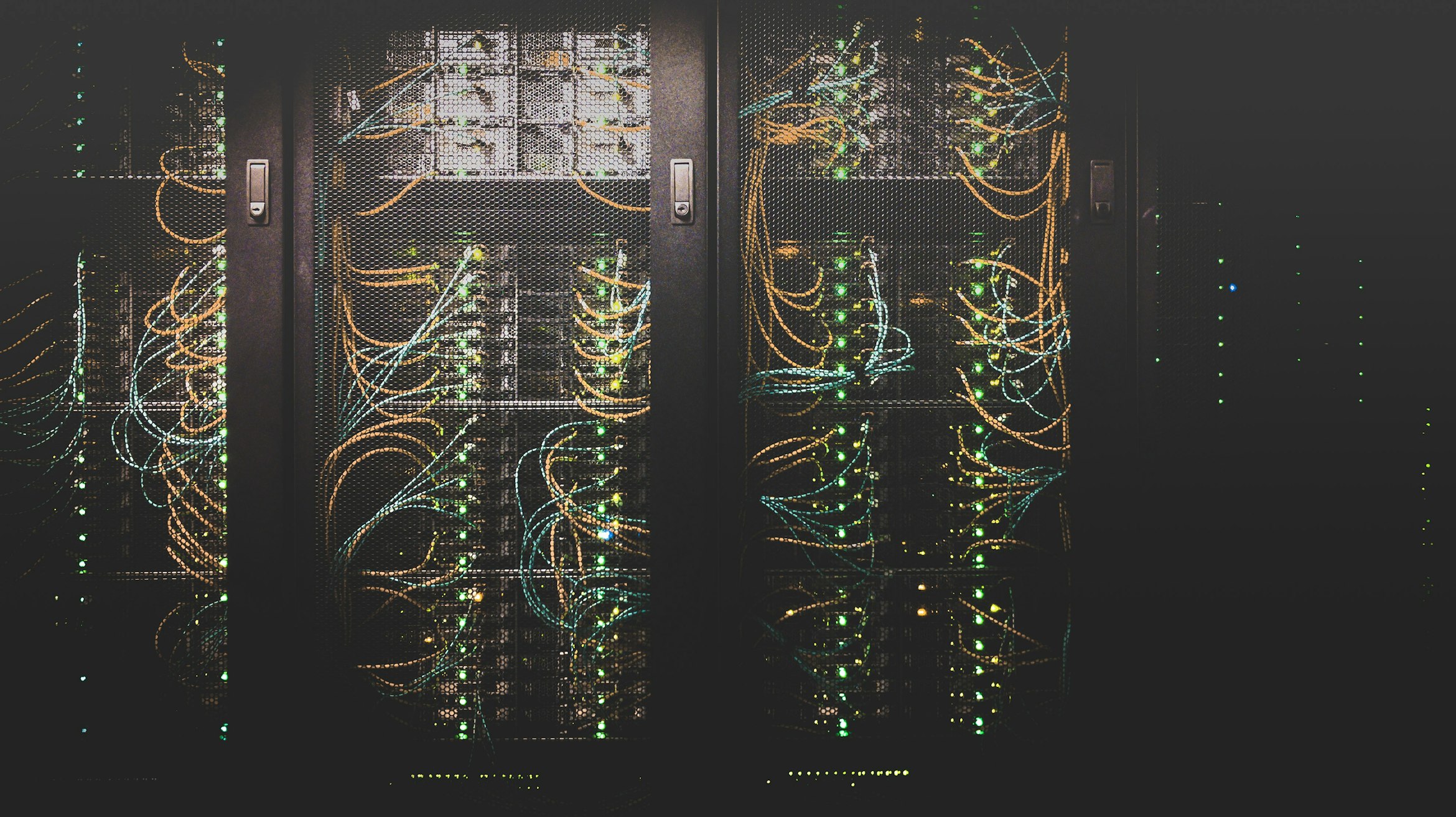Introduction to DevOps on AWS
DevOps practices have revolutionized how organizations build, deploy, and maintain applications in the cloud. When combined with AWS’s powerful infrastructure, these practices can significantly enhance your team’s efficiency and product quality.
Amazon Web Services (AWS) provides a comprehensive suite of tools that support DevOps methodologies. From infrastructure provisioning to monitoring and security, AWS offers services that can be integrated into your DevOps pipeline to create a seamless workflow.
In this article, we’ll explore five essential DevOps practices that can help you maximize the benefits of your AWS environment. These practices are based on our experience working with numerous clients across various industries and represent the most impactful approaches to modern cloud operations.
“DevOps is not just about tools—it’s about culture, processes, and the continuous pursuit of improvement.” — Werner Vogels, CTO at Amazon
Infrastructure as Code (IaC)
Infrastructure as Code (IaC) is the practice of managing and provisioning infrastructure through code rather than manual processes. AWS offers several services that support IaC:
- AWS CloudFormation: A service that gives developers and businesses an easy way to create a collection of related AWS resources.
- AWS CDK (Cloud Development Kit): An open-source software development framework to define cloud infrastructure in code.
- Terraform: A popular third-party tool that works well with AWS resources.
By adopting IaC, you can:
- Ensure consistency across environments
- Increase deployment speed and reliability
- Enable version control for your infrastructure
- Facilitate disaster recovery
Here’s an example CloudFormation template:
Resources:
MyEC2Instance:
Type: AWS::EC2::Instance
Properties:
InstanceType: t2.micro
ImageId: ami-0c55b159cbfafe1f0
SecurityGroups:
- !Ref WebServerSecurityGroup
UserData:
Fn::Base64: !Sub |
#!/bin/bash -xe
yum update -y
yum install -y httpd
systemctl start httpd
systemctl enable httpd
Continuous Integration and Continuous Deployment (CI/CD)
CI/CD is a cornerstone of DevOps that automates the building, testing, and deployment of applications. AWS provides several services to implement CI/CD pipelines:
AWS CodePipeline
A fully managed continuous delivery service that helps you automate your release pipelines for fast and reliable application and infrastructure updates.
AWS CodeBuild
A fully managed build service that compiles source code, runs tests, and produces software packages that are ready to deploy.
AWS CodeDeploy
A service that automates code deployments to any instance, including Amazon EC2 instances and on-premises servers.
GitHub Actions
While not an AWS service, GitHub Actions integrates well with AWS and can be used to create powerful CI/CD workflows.
A well-designed CI/CD pipeline can:
- Reduce manual errors
- Provide faster feedback to developers
- Enable more frequent releases
- Improve product quality
Monitoring and Observability
Effective monitoring is crucial for maintaining the health and performance of your AWS environment. Observability goes beyond basic monitoring to provide insights into the internal state of your systems.
Key AWS Monitoring Services:
- Amazon CloudWatch: Collects and tracks metrics, logs, and events.
- AWS X-Ray: Provides request tracing, exception collection, and profiling capabilities.
- Amazon Managed Grafana: Offers fully managed Grafana service for visualizing metrics.
Third-Party Tools:
- Datadog: Comprehensive monitoring platform that integrates well with AWS.
- New Relic: Application performance monitoring tool.
- Prometheus: Open-source monitoring system with a dimensional data model.
A robust monitoring strategy should include:
- Infrastructure monitoring (CPU, memory, disk usage)
- Application performance monitoring
- Log aggregation and analysis
- Alerting and notification systems
- Dashboards for visualization
💡 Pro Tip: Set up automated alerts for unusual patterns or threshold breaches to catch issues before they impact your users. Use anomaly detection in CloudWatch to identify deviations from normal behavior.
Security Automation
Security should be integrated into every aspect of your DevOps practices. AWS provides comprehensive security services that can be automated:
AWS Security Hub
Centralizes security alerts and automates security checks across AWS accounts.
Amazon GuardDuty
Provides intelligent threat detection for your AWS infrastructure and resources.
AWS WAF (Web Application Firewall)
Protects web applications from common exploits and attacks.
Best practices for security automation include:
- Implementing automated security testing in CI/CD pipelines
- Regular security scans and compliance checks
- Automated incident response
- Least privilege access control
- Encryption at rest and in transit
5. Cost Optimization
Managing costs in AWS requires a strategic approach. Here are key practices for optimizing AWS spending:
Resource Tagging
Implement a comprehensive tagging strategy to track resources and their costs:
Tags:
Environment: Production
Project: CustomerPortal
Owner: DevOpsTeam
CostCenter: CC123
Auto Scaling
Configure auto-scaling groups to match capacity with demand:
- Scale based on metrics like CPU utilization
- Use scheduled scaling for predictable workloads
- Implement target tracking scaling policies
Cost Management Tools
- AWS Cost Explorer
- AWS Budgets
- AWS Cost and Usage Report
Best Practices
- Use spot instances for non-critical workloads
- Implement automated resource cleanup
- Right-size your instances
- Leverage reserved instances for predictable workloads
- Monitor and act on cost anomalies
Conclusion
Implementing these DevOps best practices in your AWS environment can significantly improve your development and operations processes. Remember that DevOps is a journey of continuous improvement, and these practices should be regularly reviewed and refined based on your team’s needs and experiences.
Start small, measure the impact, and gradually expand your DevOps initiatives. The key is to maintain a balance between speed, security, and reliability while keeping costs under control.
Additional Resources
ℹ️ Need Help? Want to learn more about implementing these practices? Contact our team for a personalized consultation on optimizing your AWS infrastructure.

